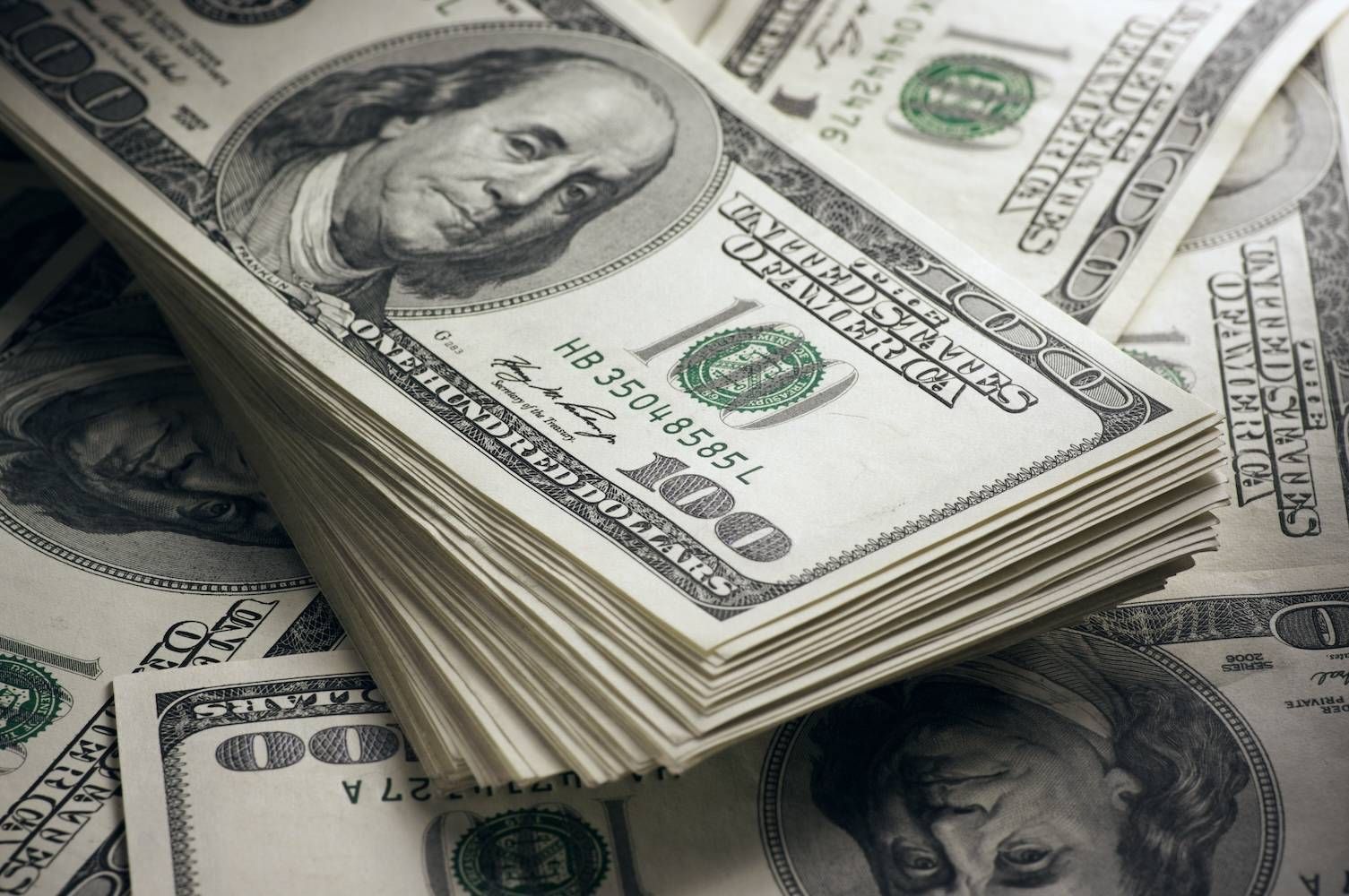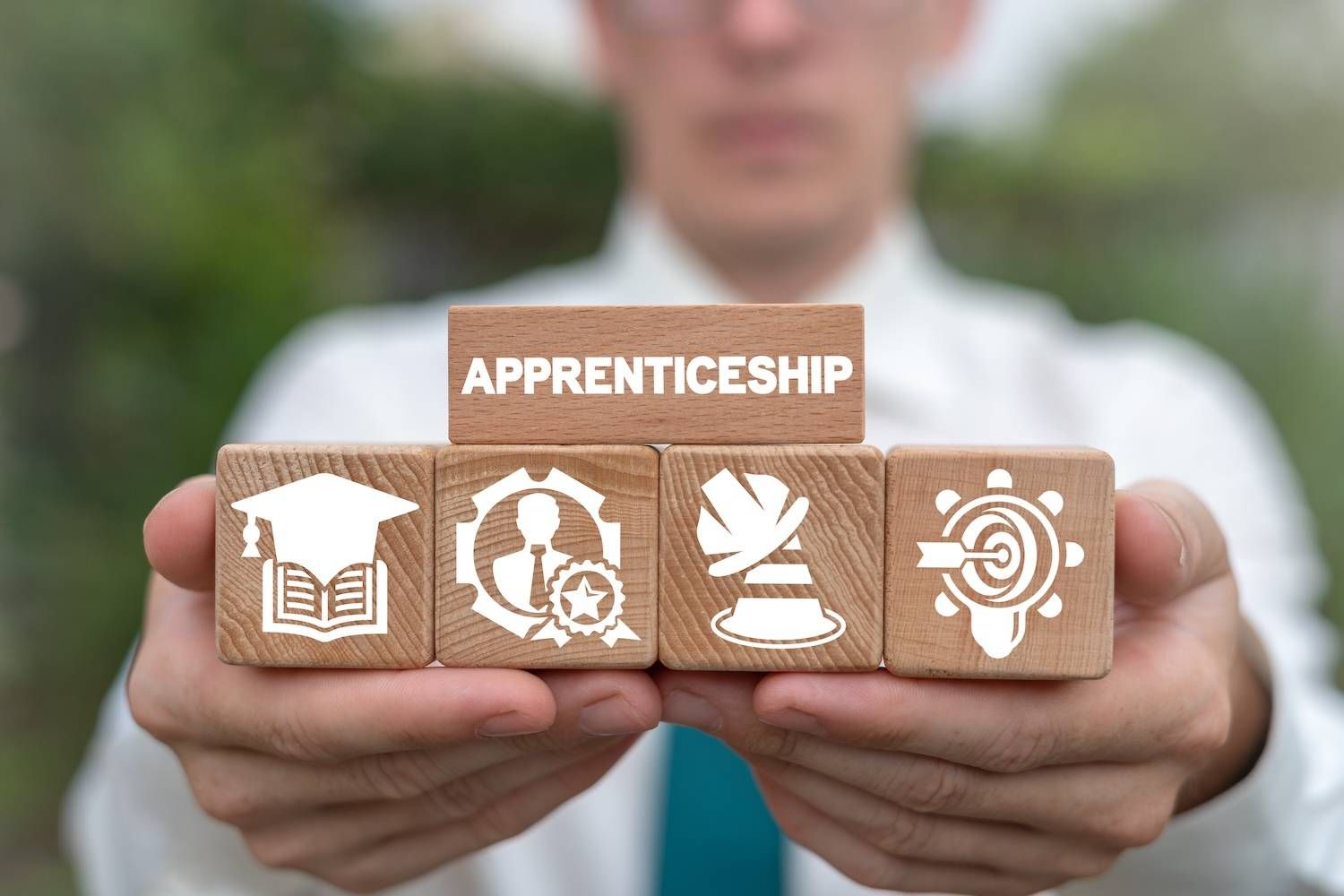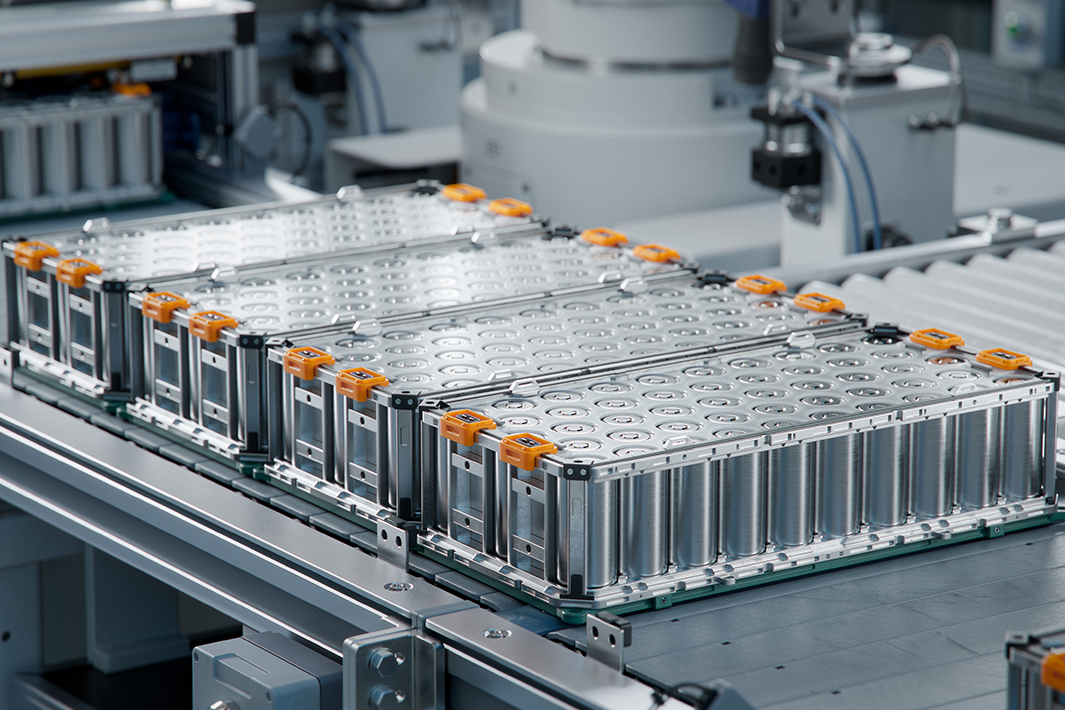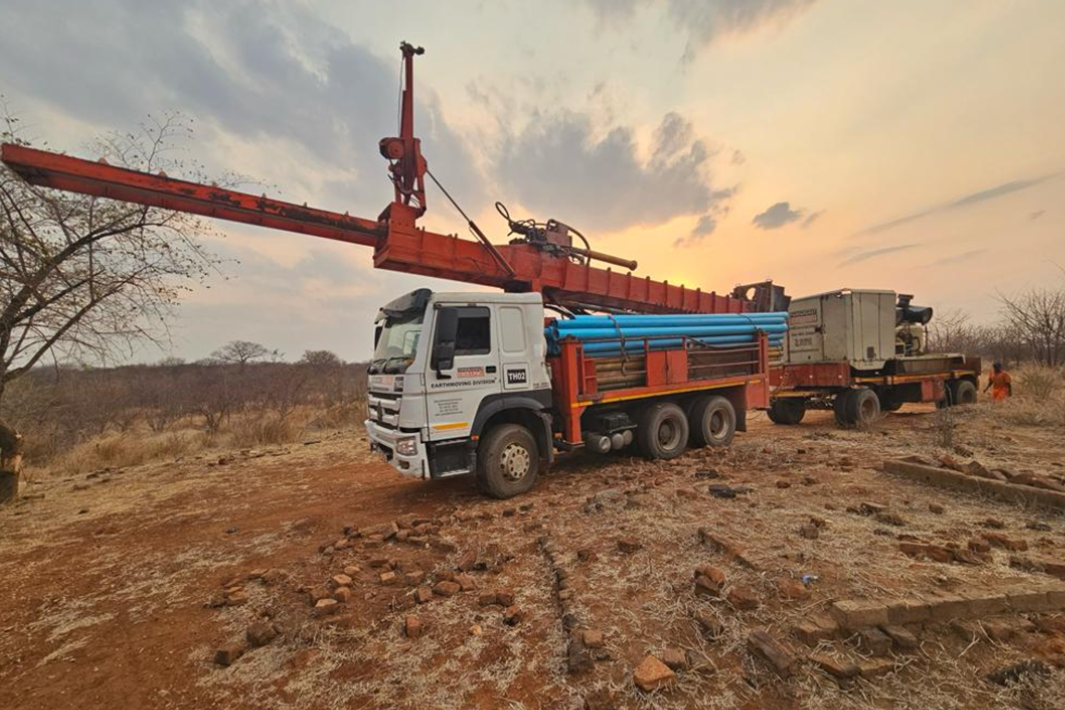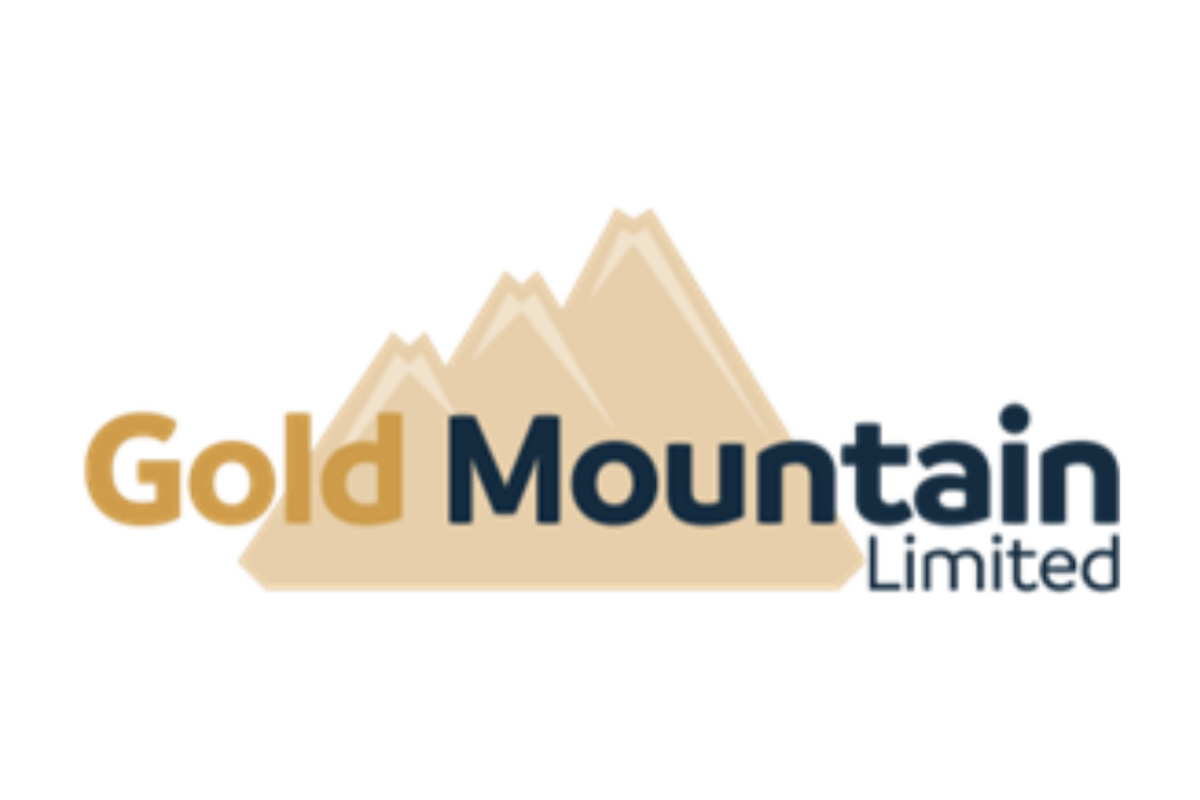
January 14, 2025
Gold Mountain Limited (ASX: GMN) (“Gold Mountain” or “the Company” or “GMN”) is excited to announce it has received 224 soil samples from the southern section of the Salinas II Project in the Bananal Valley in Brazil. This new data has helped the team define a 14-hole drill program to test 10 high-priority lithium anomalies, some of which are coincident with outcrops of weathered pegmatite. The potential of this emerging Lithium district is highlighted by Latin Resources Collina Lithium Deposit (70.9Mt @ 1.25% Li2O), which lies along regional structural strike from GMN’s Salinas II Project.
Highlights
Work Undertaken
- Assays received from 100 and 200 metre spaced soil sampling lines with soil samples taken at 50 metre intervals.
- Lithium anomalies identified over the 1.5 km strike extent of the soil grid with coincident Be, Rb, Sn and Tl anomalies.
- No lithium anomalies found in areas of laterite however tin anomalies as well as quartz and tourmaline occurrences suggest pegmatite extensions under the laterite.
- Drill holes defined so environmental permits can be obtained to allow drilling to take place.
Future Workplan
- Obtain environmental permits for drilling
- Extra soil lines in the NW of tenement to follow up anomalies previously defined
- Continue detailed mapping to refine currently identified pegmatite trends
- Drilling of the lithium targets identified.
Details
Results from exceptionally high value stream sediment sample have been followed up with soil samples and grid based mapping in the southern part of 831.700/2022 and drilling targets had been identified.
Mapping prior to and during soil sampling identifies numerous small pegmatites and some larger pegmatites to a maximum of 10 metres wide. Areas of large quartz boulders, possibly quartz cores to pegmatites, were also mapped and in places are coincident with lithium and lithium pathfinder anomalies. Pegmatites cross cut and are younger than the foliation in the host G3 type granite.
Regional structure from geophysics and from topography shows a strong NE to ENE trend, subparallel to the Latin Resources “Lithium Corridor.” Drilling will be oriented at 90 degrees to the regional trend initially, as the most probable major pegmatite orientation direction.
Strong vertical zonation in the lithium pegmatite geochemical responses are present and close attention to the location of laterite and the old lateritised surface is critical to interpretation of where lithium pegmatites may be concealed by leaching of lithium.
Drill targets were defined by lithium anomalies and by occurrences of pegmatite or extensive float of pegmatite minerals, lithium pathfinder elements, large quartz boulders or anomalous quartz concentrations.
The lateritic weathering zone is estimated from mapping to be up to 50 metres thick within the tenement, but locally may be significantly thicker. Drilling below this weathered layer is essential to get analyses that reflect the actual grade of any pegmatites present. Within the weathering zone low values of lithium are expected from potentially economic pegmatites.
Images & Maps
Figure 1 shows the location of the Salinas Project tenements in relation to Latin resources Collina deposit and to other tenements held by major explorers including Rio Tinto.

Mapping and soil sampling in the western Bananal Valley tenement, 831.700/2022, has defined areas of laterite as well as various larger pegmatite and quartz occurrences.
Figure 2 shows the extensive high order stream sediment target zones in the Bananal valley tenement, with their follow up soil lines and potential pegmatite mineral occurrences, including green tourmaline, indicating highly evolved pegmatites.

Lower order anomalies in the northeast are still considered highly prospective, with lower order results due to more intensive weathering and leaching of surface rocks.
Click here for the full ASX Release
This article includes content from Gold Mountain, licensed for the purpose of publishing on Investing News Australia. This article does not constitute financial product advice. It is your responsibility to perform proper due diligence before acting upon any information provided here. Please refer to our full disclaimer here.
The Conversation (0)
24 December
Altius Minerals to Expand Portfolio with C$520 Million Lithium Royalty Deal
Altius Minerals (TSX:ALS,OTCQX:ATUSF) is making a bet on a lithium market recovery, agreeing to acquire Lithium Royalty (TSX:LIRC) in a C$520 million deal that will expand its exposure to battery metals.Under a definitive agreement announced by the two companies on Monday (December 22), Altius... Keep Reading...
23 December
Liontown's First Tjiwarl Member Completes Apprenticeship at Kathleen Valley
Liontown (ASX:LTR,OTC Pink:LINRF) has reached a milestone at its Kathleen Valley operations, with Vaughan Harris becoming the first Tjiwarl community member to complete an apprenticeship with the company.“Being the first Tjiwarl apprentice to complete an apprenticeship here at Liontown feels... Keep Reading...
22 December
Lithium Market 2025 Year-End Review
The global lithium market endured a bruising 2025, with persistent oversupply and softer-than-expected electric vehicle (EV) demand driving prices for the battery metal to multi-year lows.Lithium carbonate prices in North Asia slipped below US$9,550 per metric ton in February — their weakest... Keep Reading...
11 December
Mining the Gap: 5 Forces Shaping North America’s Lithium Supply Chain
A convergence of industry investments, government initiatives and a shifting global trade dynamic is creating an environment ripe for the development of a North American battery supply chain, with lithium playing a leading role. These trends are reshaping the region’s industrial base and opening... Keep Reading...
10 December
Rock Bottom: Strategic Window for Ground-level Lithium Investment
When lithium prices hit bottom, savvy investors know that’s exactly where the next big discovery begins — literally. Beneath the surface of global markets and remote exploration grounds, new opportunities are forming in the wake of a sharp price reset and renewed geopolitical urgency.Recent... Keep Reading...
10 December
Liontown Resources Pens Lithium Offtake Agreement with China's Canmax
Liontown Resources (ASX:LTR,OTC Pink:LINRF) has executed a binding offtake agreement with Chinese conglomerate Canmax Technologies (SZSE:300390) as part of its strategy to diversify its customer base.“Listed on the Shenzhen Stock Exchange, Canmax is one of the world’s leading manufacturers of... Keep Reading...
Latest News
Interactive Chart
Latest Press Releases
Steadright Grants Stock Options
24 December
Silverco Confirms No Material Change
24 December
Related News
TOP STOCKS
American Battery4.030.24
Aion Therapeutic0.10-0.01
Cybin Corp2.140.00
